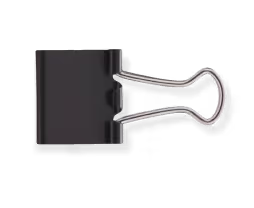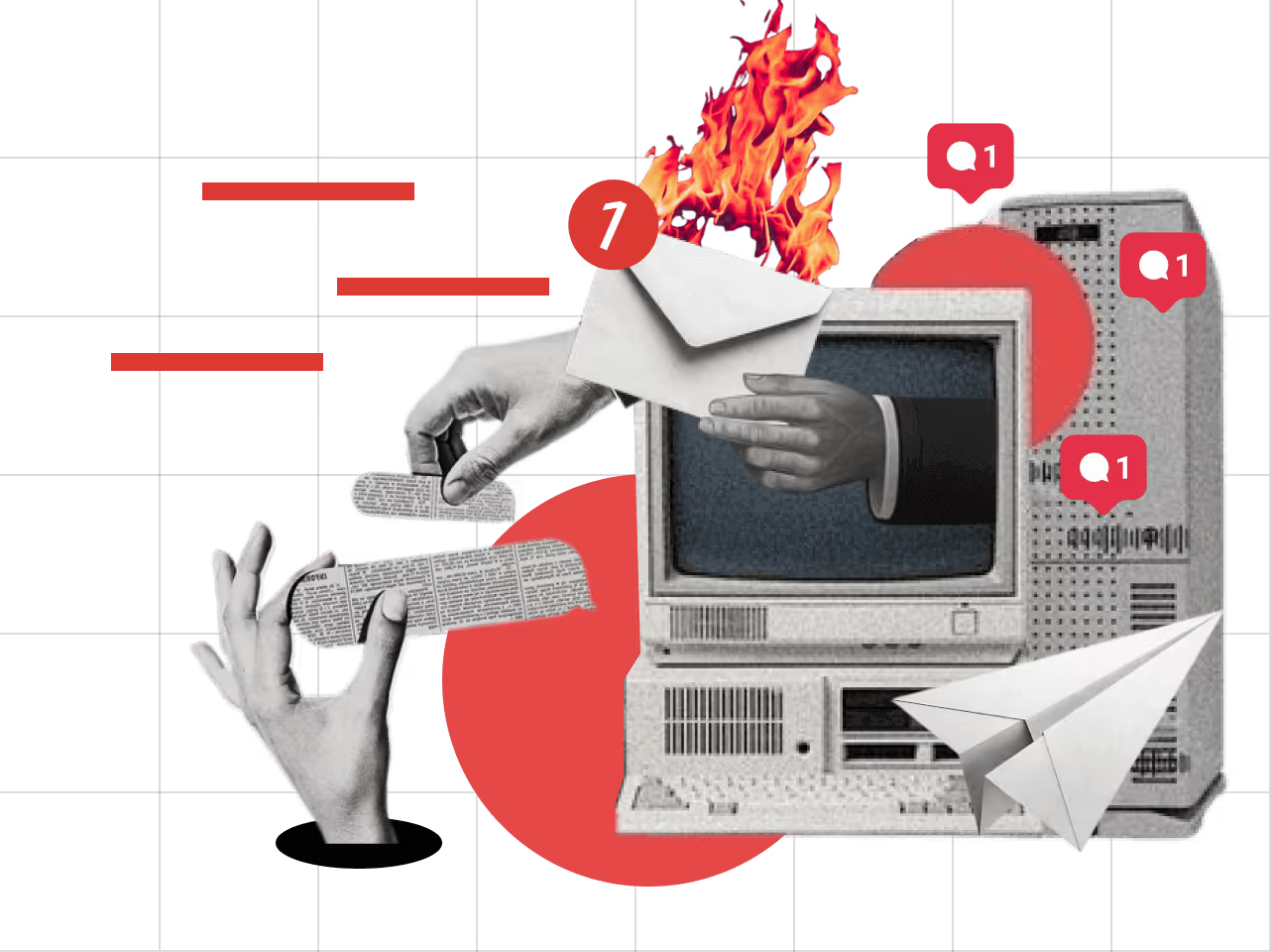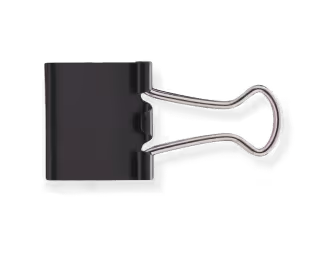You want your company to be friendly. To have a unique voice. To have personality. To feel human.
But your copy looks like this:

I don't know about you but I've never told a friend that my actions are a 'commitment to their overall delight'.
You know why? Because that’s not how friends talk to friends.
That's how corporations talk to corporations.
That's how abstract businesses try to sell to other abstract businesses.
This isn't friendly. This is:
Template-y.
Impassive.
Boring.
And it might not be the end of your business, sure.
But you know what actual, human, personal, friendly brands have that impersonal sellers don't? Dedicated fans that love them.
Imagine sending marketing emails and getting responses telling you how much they love getting emails from you. That's only possible when your brand isn't a massive blob of automated emails and feature-based copy.
And that cannot happen if 'friendly' and 'approachable' are just adjectives in an outdated document that's buried under spreadsheets.
It happens when you consciously take risks.
The risk of treating CEOs and marketers as people—and chatting with them. The risk of making a joke on your homepage. The risk of being more than a combination of features, colors, fonts and subscriptions.
The most successful companies are pivoting to a more one-to-one approach where you interact with your audience person-to-person, instead of people-to-people.
Why are you waiting for the world to change to catch up?
Formal handshakes are OVER. It's all jazz hands and awkward finger guns and victory signs from here.
So, how do you bring personality to your brand?
By talking to your audience, and building your brand based on those conversations.
Communities built around mutual profit work, but as long as you and your audience see each other as benefit-machines, you cannot develop real, genuine connections.
And real connections only happen when the people who run marketing campaigns, build your product, and create your messaging actually talk to your customers. When the abstract customer becomes a real person.
It’s easy to get caught up in our daily work and forget the end-user as an individual. But we need to periodically step away from the grind, and check in on people using your product.
If you build a brand that's friendly, your audience will share their views and opinions with you. They will point you in the direction you need to take to help them better, ultimately making you more successful.
This is about more than a marketing strategy. This is a decision that reflects the core of why you're doing business.
When you understand your customers, you can use these marketing/website tips that'll help you show it on the outside!
Don't be a pamphlet. Converse.
This point is all about language.
If you met one of your customers in real life, would you talk to them in the same language as you do on your website?
If your answer is no, you need change.
Here’s how cool websites write copy.
It's not high-brow. It's not heavy.
It's conversational. It's casual.

Compare that to this:

This works for the features page and as a supplement to the storytelling—but most websites start and end with this. This is all they have to offer.
What happened to talking?
Change the way you speak to your customers. Don't treat them like dollars.
Shake up the structure of your website. Tell a story.
Okay, for a minute, imagine you're convincing a friend to quit a toxic relationship. How would you go about it?
The headline would go something like this:
Take a leap towards a better life. Call the quits on your relationship.
Be happier and stress-free. Dump your terrible partner and stop your relationship from destroying your emotional and financial well-being.
Translate this into your value proposition, while keeping the sentiment the same:
Make the right hiring decisions and create high-performing teams.
Bad hiring decisions are costing you money and time. Hire the best people and improve productivity.
You'd then go on and elaborate WHY your friend needs to dump their partner. You prove why you're argument about breaking up is valid—you show them the problems.
- Your relationship is doing you more harm than good.
- Your partner broke the vase containing your grandma's ashes and swept the ashes under the rug.
- They think your Lego hobby is 'childish' and that Pedro Pascal is 'alright'.
You build a narrative around all the things that are WRONG with the current relationship.
What would this mean when you talk about your software?
The problem with the older software. Everything that's wrong with the way they currently do things.
- You have a high employee churn rate, and you don't know how to solve it.
- Your newer employees are not performing well.
- Your hiring process is flawed and you don't know how to fix it.
Once you've established what is wrong with your friend's relationship, you would reassert your first statement: DUMP THEM.
This means telling your audience to choose the better life. By choosing your business.
The next step would probably be to show your friend all the benefits of calling it quits. What their life would look like once the partner was out of the picture.
All the good things that would come their way.
This is the part where you actually start talking about the outcomes your product can bring to your audience's life. Show them the positive impact using your product will have on their job and life. Show them why it's such a good option to switch.
💡 Structure your website the way you structure honest conversations with a friend. Don't try to sell to your audience as much as try to understand them and help them out.
The structure for your website might not look exactly like the one I described—it should be based on the conversation you want to have with your audience. It depends on how you want to position your product.
What's important that your website pitch isn't abrupt or vague.
It needs to flow, like conversations do. From one point to another: a coherent story.
Be transparent. Understand them and be honest.
Think of the COVID-19 crisis.
Hundreds of brands sent out emails talking about 'times of uncertainty' and 'we're in this together' while the content of their emails felt repetitive and impersonal.
Transparency means opening up about your own fears.
It means understanding that your customers don't want to hear about discounts and the response of your business to the pandemic. It means listening to your customers and responding in a way that isn't forced.
Tell your audience what's actually happening behind the scenes. If you're honest to your audience, they will be honest back to you.
Tell them about what's going on: whether it's a rough time for your business or you've hit a milestone or if you're doing a team vacation.
Be compassionate and share your company's joys and sorrows with them, without putting on a fake accent.
Be open about your mistakes and allow your audience to be a part of a conversation, instead of being a passive spectator.
Break the norm. Get personal.
Most businesses are focused not on how the product will make them feel, but what the product will do.
But here's where brands with a strong personality differ. It's all about the customer.

You're instantly hooked to the copy because it's talking about you. It focuses on the outcome of using Drift Email—booking more meetings, keeping your database up to date, adding new contacts.
It starts off with a realistic scenario and ends with a solution that makes sense. It explains the product by grounding it in YOUR, the customer's, reality.
They go on to talk about features, but with every sentence succeeded with a desired outcome. They make sure to get personal with the website visitor. They don't talk in an indefinite 'you all' way.
Instead they specifically speak to you, an intelligent person who is researching software.
Show off your employees and their actual real-world personalities.
This one pops up in a lot of articles about humanizing your brand, and they're right.
Your employees run the business. Let them take over emails occasionally. Let them add their personality to support queries. Put up a bio that talks about more than their role at the company. Offer discounts because it's Benny's birthday. Talk about how your team works together.
Give your customers a window into how your business works, and your employees space to express themselves as people at your company!
But here's the most essential part of this article.
Don't be afraid to have fun.
Protocol is great. But sometimes you need to break the rules and take a risk. Because we have enough boring companies who drone on and on about their product with their eyes on sweet profit.
What we don't have are companies that care about their employees and customers and aren't afraid to show it.
So, be one.
































